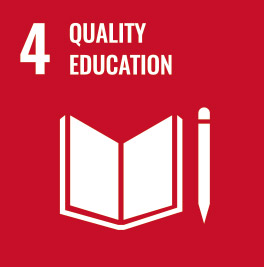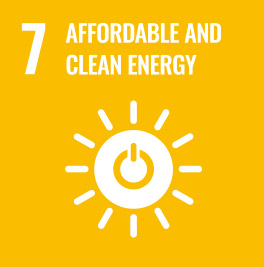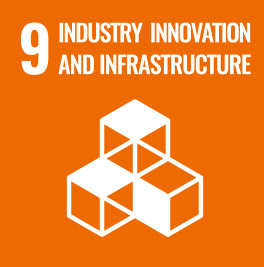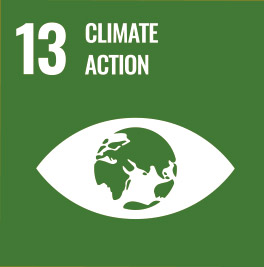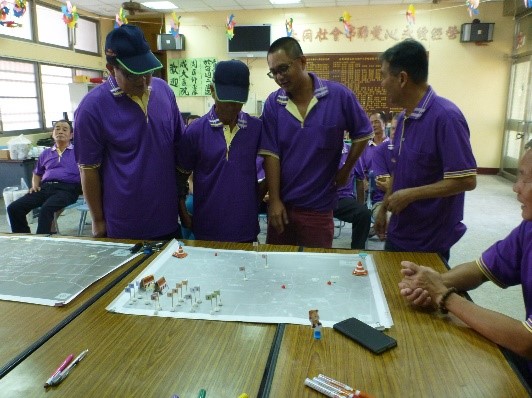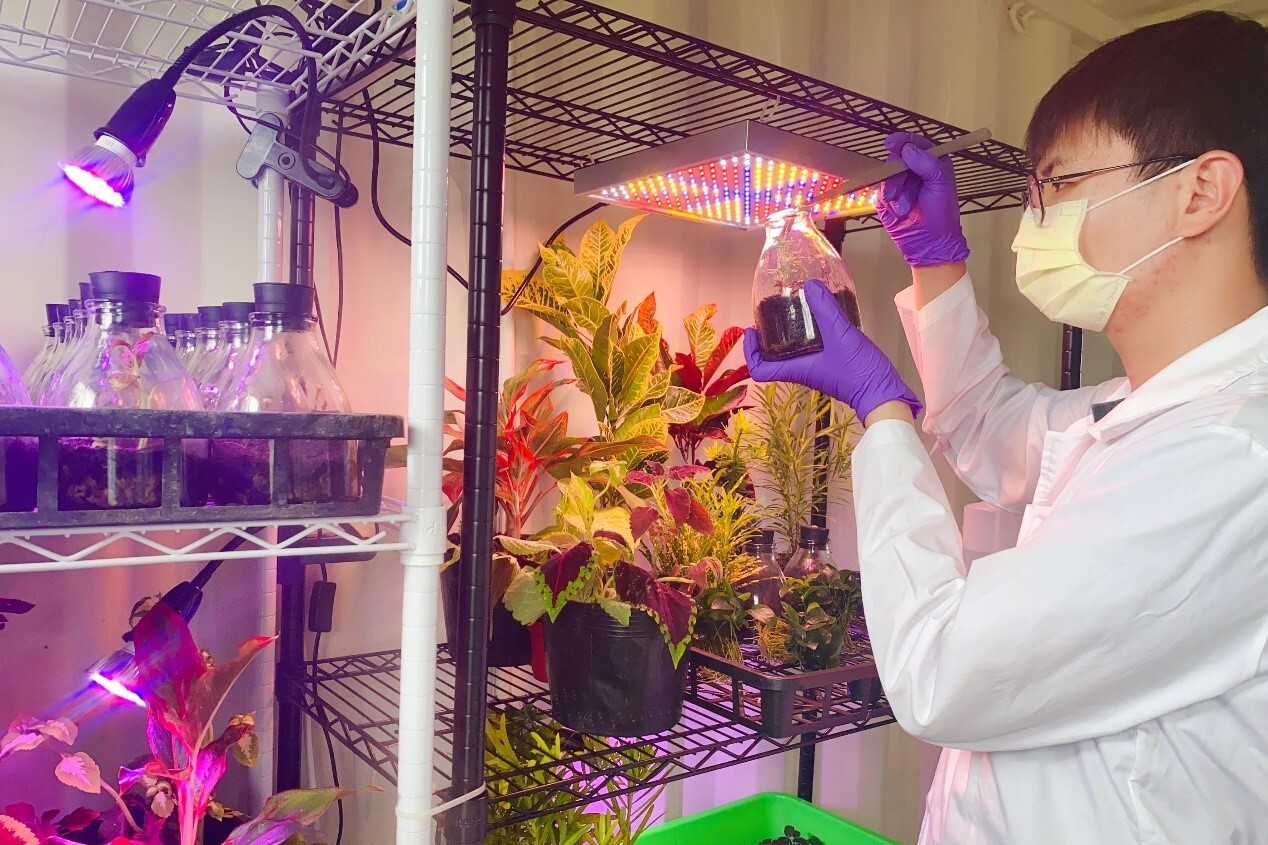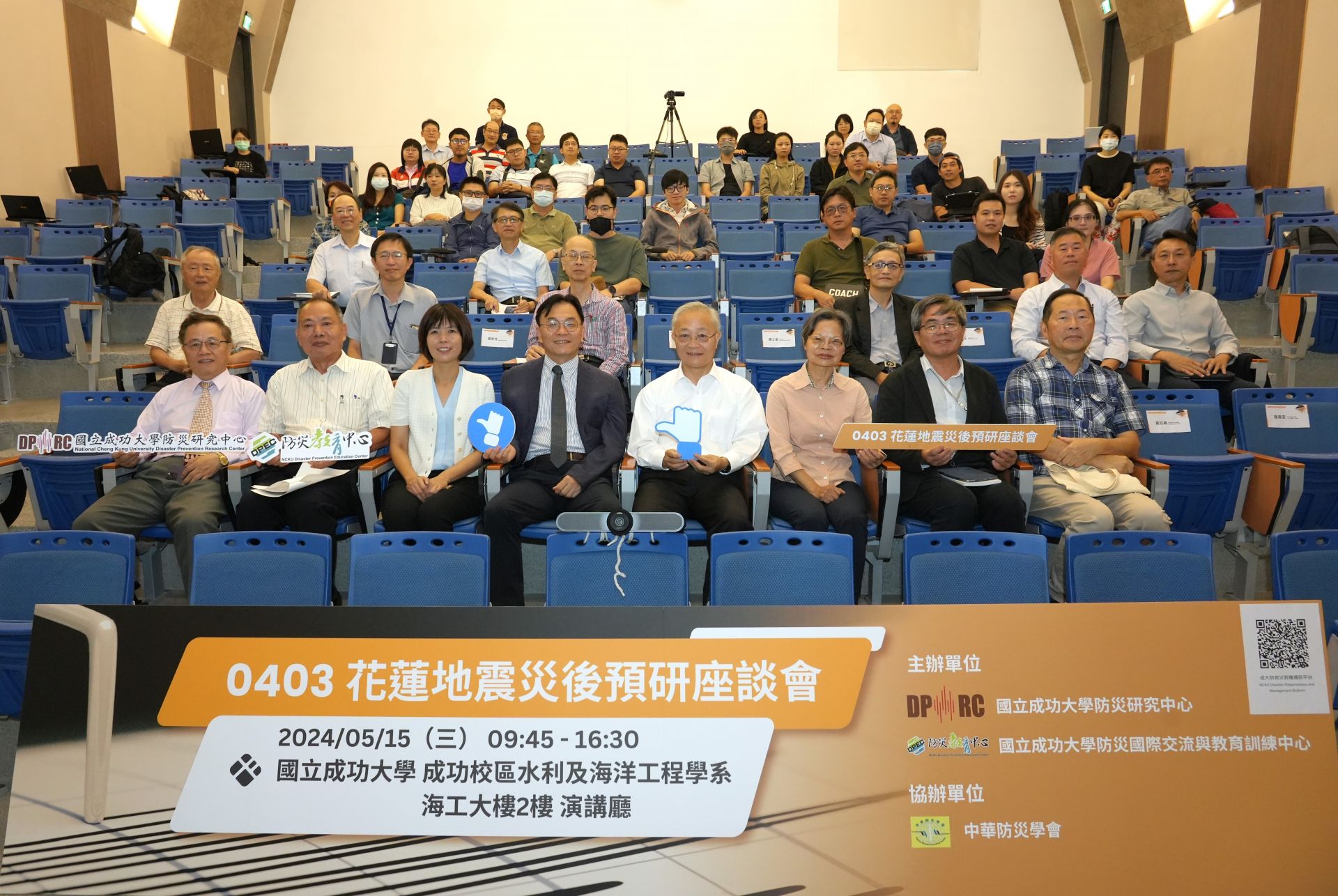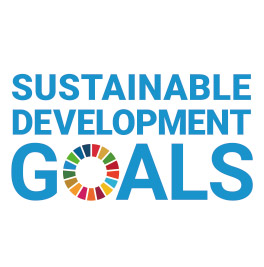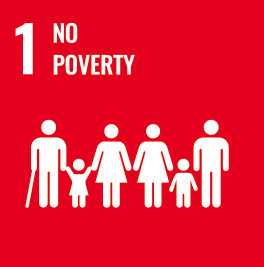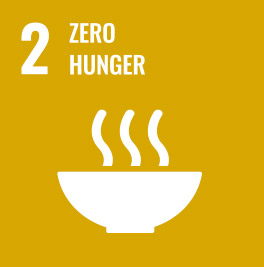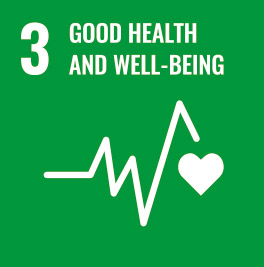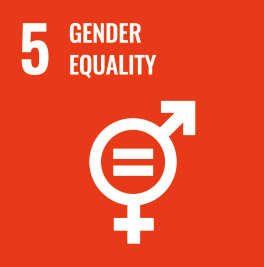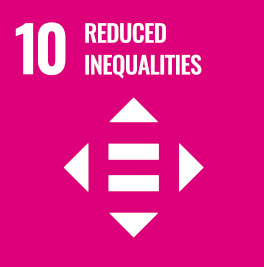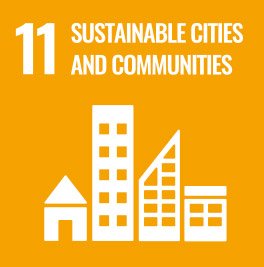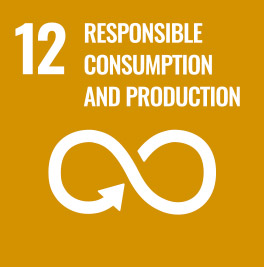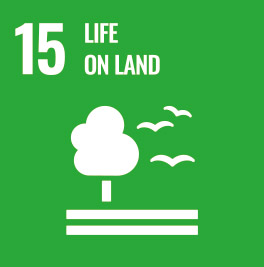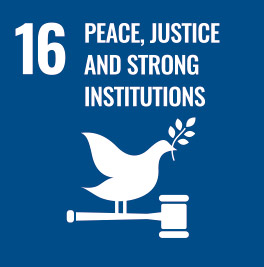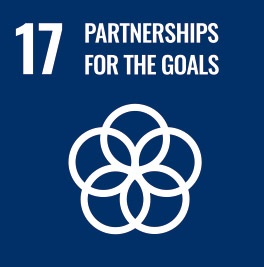During the lecture, Professor Ta-Hui Lin offered an in-depth analysis of global and Taiwanese trends and strategies toward net-zero carbon emissions. He pointed out that with global temperatures continuing to rise, extreme weather events have become one of the most severe risks facing the planet. Organizations such as the International Energy Agency (IEA) and the World Economic Forum (WEF) have called for accelerated carbon reduction efforts. His presentation emphasized that Taiwan’s per capita carbon emissions are 2.4 times the global average, highlighting the urgent need to implement the 2050 Net-Zero Roadmap.
Professor Ta-Hui Lin elaborated on key technologies essential for achieving net-zero emissions, including renewable energy, energy storage systems, building energy efficiency, circular economy practices, carbon capture, utilization, and storage (CCUS), hydrogen energy applications, and nature-based solutions. He placed particular emphasis on the potential of negative emission technologies such as carbon mineralization, chemical conversion, and bio-utilization. In addition, he highlighted that the integration of smart, resilient power grids with digital technologies forms a critical foundation for the energy transition.
Professor I-Son Ng presented on "Microalgae-Based Carbon Capture Technology and Industrial Applications," sharing her cutting-edge research in microalgae carbon capture and resource utilization. She highlighted microalgae as a key green solution for achieving carbon neutrality and promoting circular resource use. Professor Ng pointed out that intensifying climate change has made carbon neutrality a global priority. Microalgae possess a high capacity for absorbing carbon dioxide efficiently and can be converted into biofuels and high-value products such as astaxanthin, vitamins, and proteins.
The report specifically introduced the microalgae strain PCC10605, which exhibits high tolerance to both salinity and temperature. This strain demonstrates excellent carbon fixation and growth performance even in high-salinity and high-temperature environments, and it can also be applied in industrial wastewater treatment. Professor I-Son Ng shared several domestic and international case studies, including collaborations with TCC Group Holdings and Formosa Smart Energy to implement microalgae carbon capture technology. These initiatives effectively integrate carbon reduction with industrial sustainability, showcasing the broad potential of microalgae technology in the fields of circular economy and net-zero emissions.
Professor Bieng-Zih Hsieh emphasized that although Taiwan's total carbon emissions account for only 0.7% of the global total, its per capita carbon emissions remain high. Achieving the 2050 net-zero target will require a comprehensive strategy. The report detailed 12 key carbon reduction strategies, including improving energy efficiency, fuel switching, renewable energy adoption, and carbon capture and storage (CCS) technologies. It also pointed out that non-electricity emissions must be offset through forest carbon sinks, while electricity consumption must achieve zero emissions through renewable energy, hydrogen, and CCS-enabled natural gas power generation.
Professor Bieng-Zih Hsieh reminded the audience that "carbon reduction is easy, but achieving zero carbon is difficult." He emphasized that businesses should proactively plan their zero-carbon transformation roadmap from 2030 to 2050, and strategically invest in innovative technologies such as green electricity and CCS.
Professor Pi-Cheng Chen shared the results of the "Student Carbon Footprint Calculator" developed by NCKU faculty and students. The tool focuses on two main aspects: "Education" (electricity used in classes) and "Transportation," and also incorporates practical data on "Clothing" (department uniforms, camp attire) to help students quantify their personal carbon emissions. The calculator includes carbon emission tracking and visualization features, which not only encourage users to reflect on their behavior but also raise awareness of sustainability issues. In the future, it will be developed into a mobile application, aiming to expand its user base and practical application.
In addition, Professor Pi-Cheng Chen introduced the concept of the "SDG Sustainable Talent Tiered Certification System." This system integrates students' learning experiences both on and off-campus, including coursework, extracurricular activities, and club participation, to create a visualized personal sustainable development competency map. The certification system will grade competencies based on the United Nations’ 17 Sustainable Development Goals (SDGs), with an initial focus on SDG 13 "Climate Action" certifications. Plans are in place to collaborate with government agencies and businesses to provide more internship and employment opportunities, helping students strengthen their sustainability literacy and enhance their career competitiveness. Through this dual-track sustainable education strategy, the aim is to achieve the campus’s net-zero target and cultivate practical sustainability practitioners.
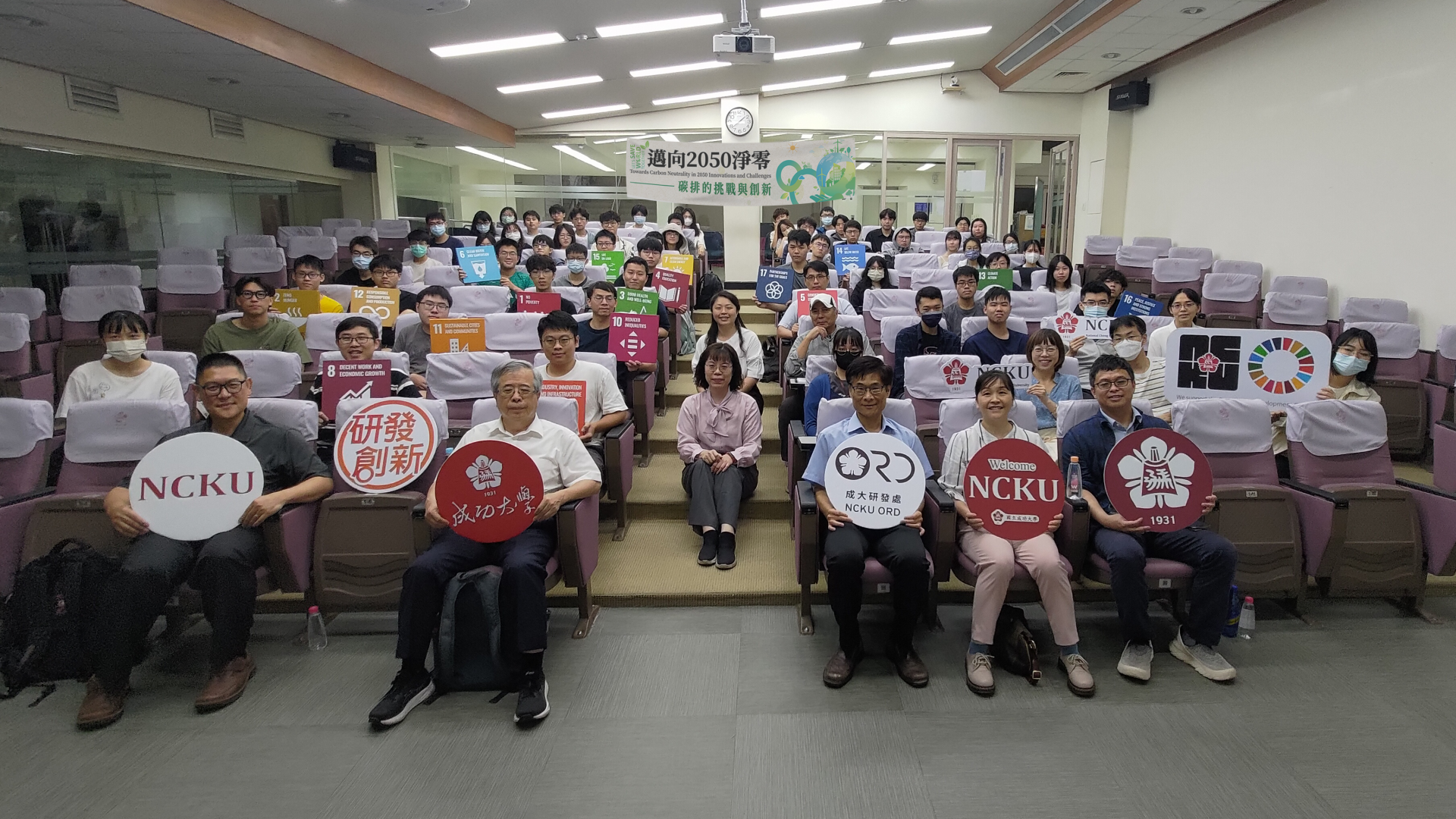
On April 10, 2025, the Office of Research and Development at NCKU hosted a lecture entitled 'Toward Net Zero by 2050: Innovations and Challenges in Carbon Emissions.

The first session featured Professor Ta-Hui Lin, who presented an in-depth analysis of global net-zero carbon development trends and strategies for future resilience and adaptation.
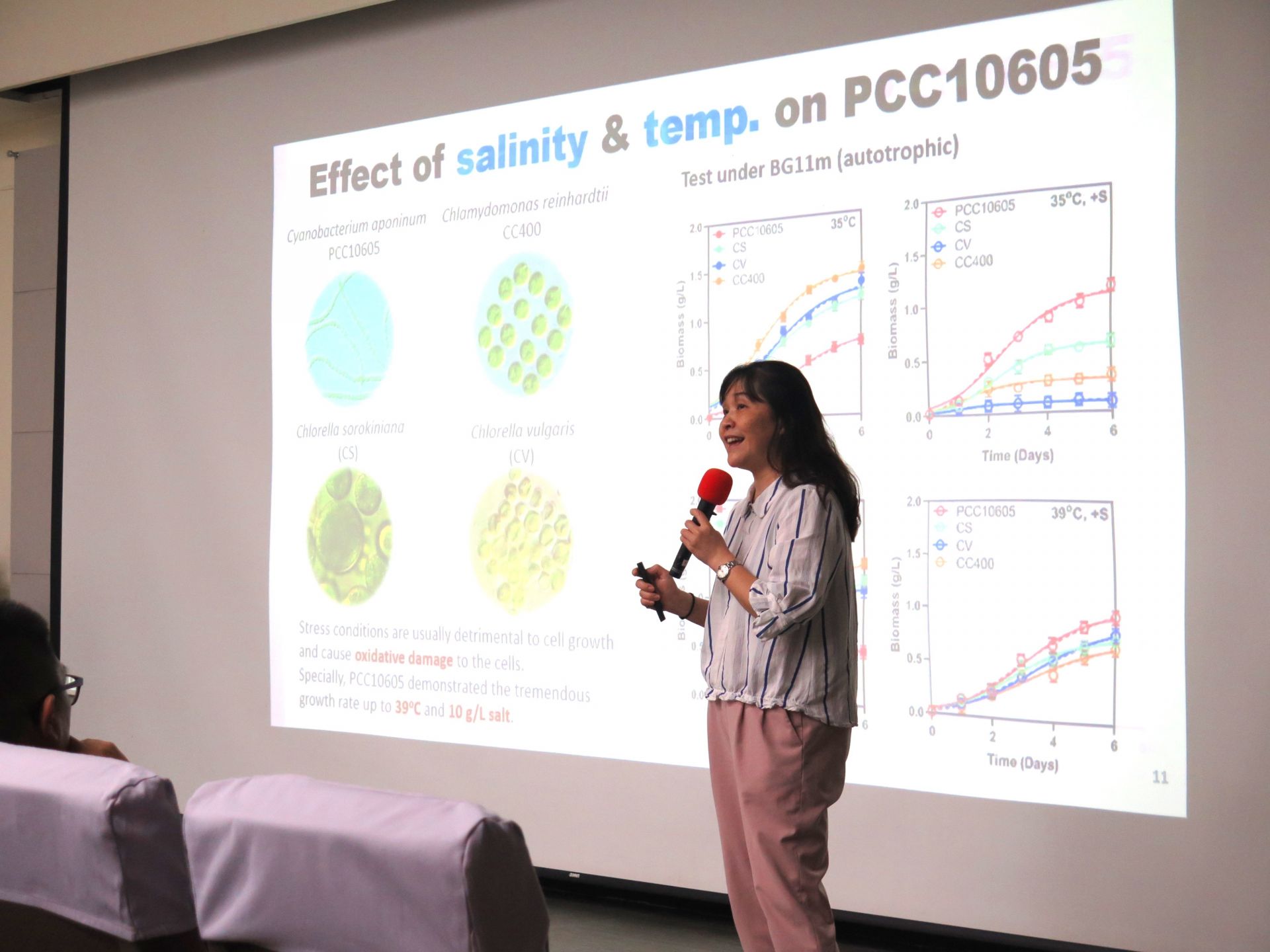
The second session featured Professor I-Son Ng from the Department of Chemical Engineering, who introduced microalgae carbon capture technology and examined its potential for industrial application.
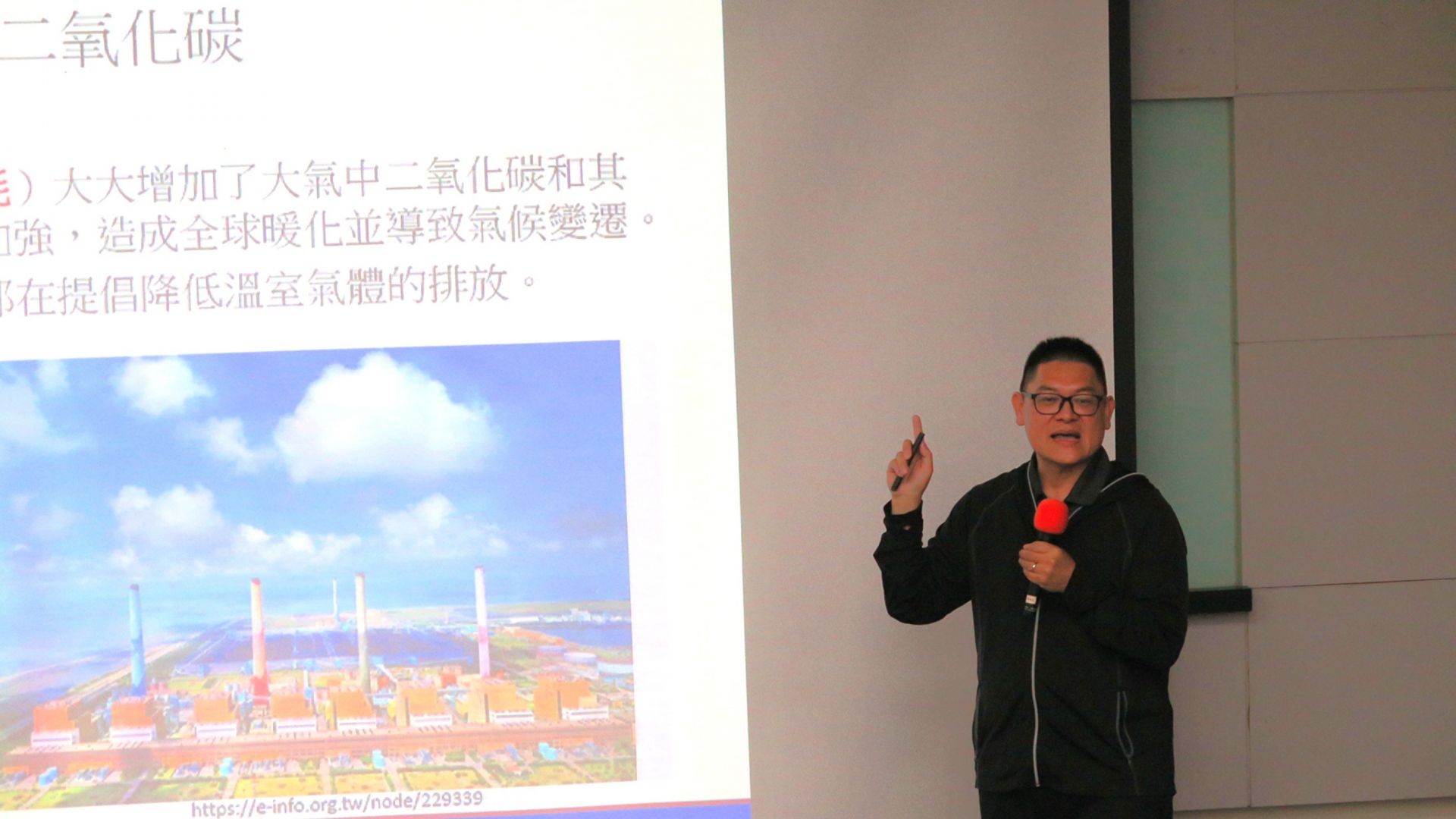
The third session featured Professor Bieng-Zih Hsieh, who delivered an in-depth exploration of the carbon economy framework, elaborating on carbon reduction pathways and strategic approaches to achieving carbon neutrality.
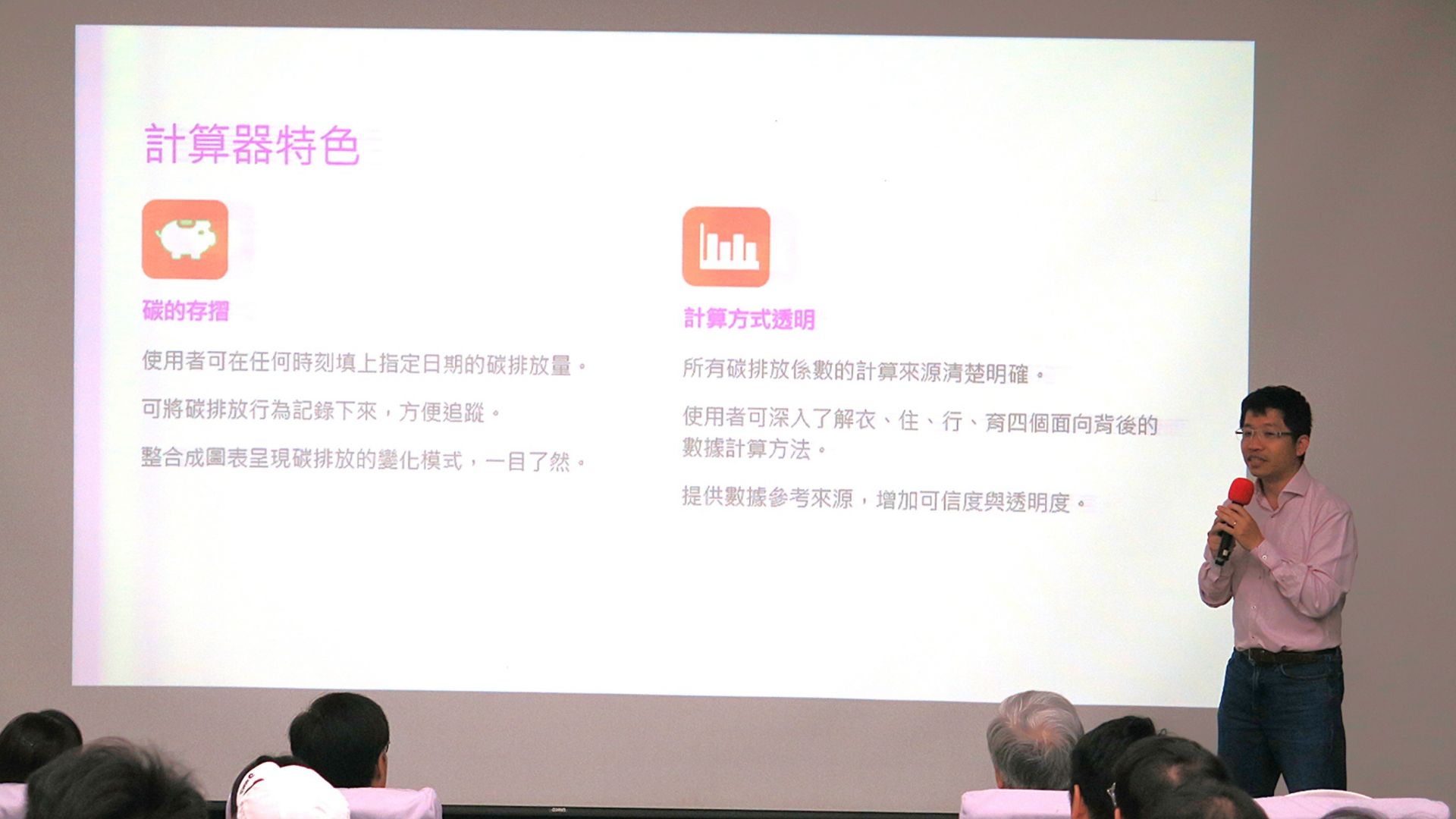
The fourth session featured Associate Professor Pi-Cheng Chen, who presented the outcomes of the 'Student Carbon Footprint Calculator' project and discussed the framework for a sustainable talent certification mechanism.


